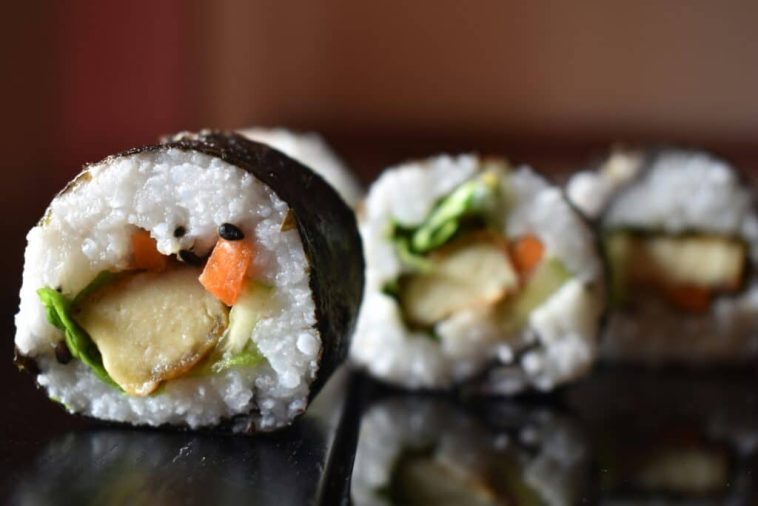Are you ready to embark on a gustatory adventure that tantalizes your taste buds and challenges your notions of traditional Japanese cuisine? Introducing the Sushi Rebellion, a culinary movement sweeping through the culinary world, offering a thrilling twist on the beloved
This rebellious take on sushi takes inspiration from global flavors and avant-garde preparation techniques, resulting in innovative and mouthwatering creations that will leave you craving more.
Say goodbye to the mundane and predictable sushi rolls of the past. The Sushi Rebellion dares to cross cultural boundaries, infusing classic Japanese sushi with unexpected ingredients and daring flavor combinations.
Picture an irresistibly spicy, crispy tuna roll topped with zesty mango salsa or a decadent tempura lobster roll drizzled with a delectable truffle aioli. The possibilities are endless, and your palate will be blissfully pushed to its limits.
Whether you are a long-time sushi aficionado or a curious epicurean seeking a thrilling gastronomic experience, the Sushi Rebellion is poised to become a dining revolution. So fasten your chopsticks, loosen your culinary inhibitions, and get ready to indulge in a world of uncharted flavors and audacious sushi concoctions.
The rebellion against the ordinary has begun, and your taste buds are invited to join the revolution.
IMAGE: UNSPLASH
The History Of Sushi
Sushi, the iconic Japanese culinary delight, has a rich and fascinating history that spans centuries. The origins of sushi can be traced back to the 4th century AD, when the concept of preserving fish by fermenting it in rice first emerged in Southeast Asia.
This early form of sushi, known as narezushi, was a practical solution to the challenges of food preservation in a hot, humid climate.
As sushi made its way to Japan, the art of sushi-making evolved and refined over the centuries. During the Edo period (1603-1868), sushi underwent a significant transformation, transitioning from a preserved food to a freshly prepared delicacy.
Sushi chefs, known as itamae, began to showcase their mastery by crafting intricate and visually stunning sushi creations, elevating the dish to a true gastronomic art form.
The post-World War II era saw the global popularization of sushi, as Japanese immigrants and culinary enthusiasts introduced the delicacy to new markets around the world. Sushi bars and restaurants began to emerge, catering to the growing international demand for this captivating cuisine.
Today, sushi has become a beloved and ubiquitous part of the global food landscape, enjoyed by millions of people from all walks of life.
Traditional Japanese Cuisine vs The Sushi Rebellion
Traditional Japanese cuisine, known as washoku, is renowned for its emphasis on simplicity, seasonality, and the harmonious balance of flavors.
Sushi, as a quintessential element of this culinary tradition, has long been celebrated for its elegant presentation, the freshness of its ingredients,…

